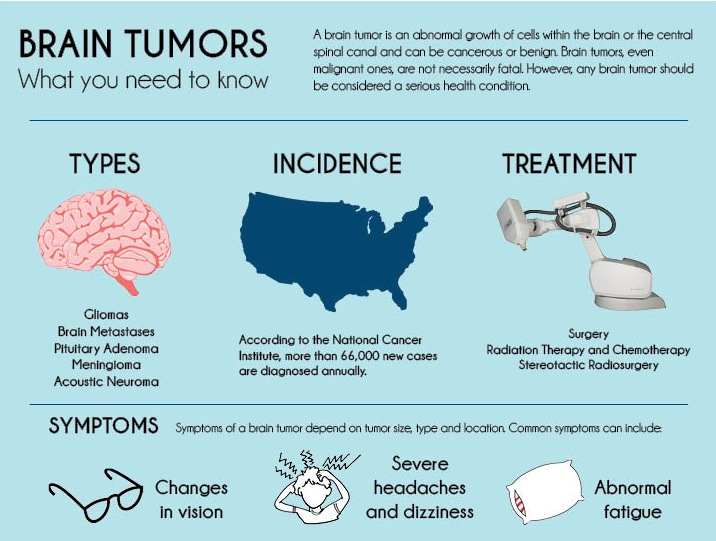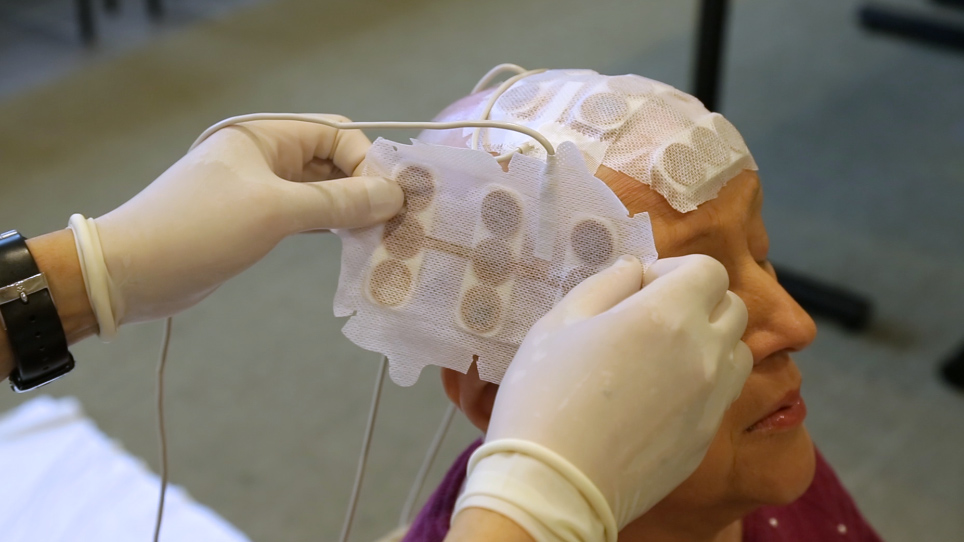
The first step in treating a brain tumor caused by cancer is to determine whether it is cancer. If you suspect that the tumor is cancer, your doctor will perform a biopsy to identify the type. During surgery, a small hole will be drilled through the skull. After the tumor has been removed, the sample will be sent to a laboratory for testing. Most patients undergo surgery to remove the tumor. In some cases, the tumor can not be removed surgically. In such cases, your doctor may use other treatments, such as chemotherapy and radiation.
If the tumor is located in the brain, a neurosurgeon will perform a biopsy to confirm the diagnosis. Once the tissue has been removed, a pathologist will determine the type of cancer and grade it based on its appearance. Sometimes, surgery is not necessary to treat a brain tumor caused by cancer. However, in certain cases, surgery may be the only option available. A biopsy is the only way to know for sure whether the tumor is benign or malignant.
Once the diagnosis has been made, your doctor will discuss treatment options with you. In some cases, you may be able to have surgery performed to remove the tumor. This procedure is often the only way to remove a brain tumor. In other cases, the tumor may be too large to be removed. Regardless of the type of treatment, your loved one will need support during the process. A caregiver can help you with this. This will also help you feel more confident in making decisions about the treatment of the brain tumor.
If your doctor thinks you might be suffering from a brain tumour caused by cancer, he or she may suggest a biopsy. If your symptoms have remained constant, a biopsy may be necessary to rule out any other cancerous conditions. If your symptoms are not as severe, surgery may be your best option. Your doctor will perform a biopsy to see if the tumor is cancerous. The biopsy is important for making sure the tumor is not recurring.
A biopsy can also help the doctor diagnose the cause of the tumor. This will allow you to see the tumor and perform a biopsy. A biopsy can be done later if you do not want surgery. The results will be analyzed using MRI to identify possible causes of the cancer. If it is cancer, a biopsy can be done through a procedure. If the tumor is cancerous, radiation can also be used to kill tumor cells.

The site https://www.diariolarepublica.org.mx/
explains that in some cases, a brain tumor caused by cancer is a cancerous growth of a nerve cell. Fortunately, there are many treatments available to shrink the swelling and avoid the risk of a hernia. Surgery will remove the tumor and reduce the chance of recurrence. After this, radiation may be required. The patient will also need to undergo various examinations. The surgeon will also check the brain for signs of tumor, including sensation.
Symptoms of a brain tumor include problems with thinking, remembering, speaking, and understanding language. In addition, patients suffering from a brain tumor may experience persistent headaches and memory problems. They may also have problems with memory and other aspects of the human experience. A physical examination and medical history will help determine whether the lump is cancerous. A blood test may be ordered to look for certain markers associated with the tumor. These markers are associated with certain types of brain tumors.
Most brain tumors arise from abnormal genes in the brain or tissues close to it. These cells undergo DNA mutations that cause uncontrolled tumor growth. These mutations can occur directly in genes or be caused by chromosome rearrangements. In either case, a tumor is a type of cancer that started somewhere else in the body. The disease has many causes, and the best treatment will depend on the type of tumor.
If your tumor is caused by a cancer, you should consult a doctor immediately. In many cases, the symptoms of a brain tumor can be treated with medication and surgery. There are several methods for treating a brain tumor caused by a cancer. The best treatment for a brain tumor that causes a seizure is the removal of the entire tumor. A neurosurgeon will remove the entire tumor or a portion of it. While this option may be difficult, it is the best option for most patients.